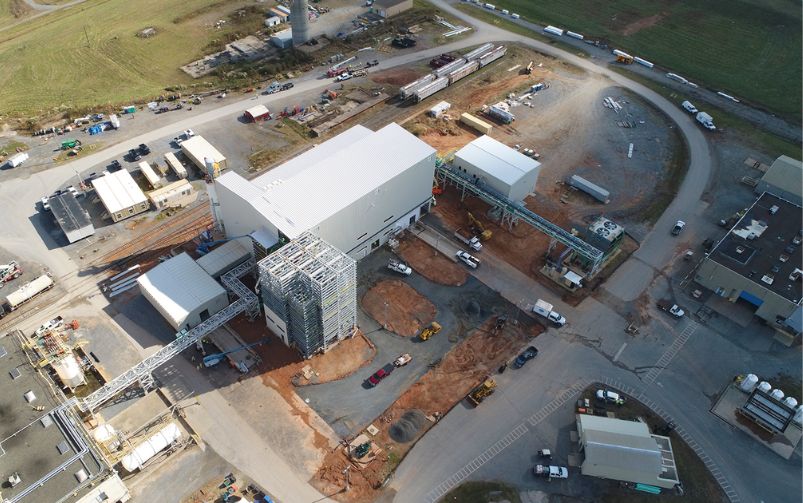Graphite, which has generated renewed interest for its role in battery applications, is among the non-metallic minerals addressed by the updated industrial mineral guidelines. Photo: Adobe Stock.
The CIM Mineral Resources and Mineral Reserves (MRMR) Committee recently updated the CIM Industrial Minerals Leading Practice Guidelines for the first time in 20 years. The refresh covers all the same concepts as the 2003 version, and includes updates to reflect current industry practices in exploration, mineral resource estimation and mineral reserve estimation for practitioners working with industrial minerals in Canada. The document also provides enhanced clarity on the guidelines for working with certain industrial minerals.
Deborah McCombe, technical director of the global mining advisory at SLR Consulting and co-chair of the MRMR Committee, said that the update was needed because there are particular product specifications that only apply to industrial minerals and would not necessarily be covered in detail in the 2019 MRMR Best Practice Guidelines for preparing mineral resource and mineral reserve estimates.
“We still refer to the MRMR industry guidelines that were updated in 2019, but there’s some more specific aspects that only apply to industrial minerals,” she said. “For example, the product quality specifications are really important, as well as you have to have a market to sell the mineral. The market might be rather small, and it might be very specific to the quality that you need, so those things need to be taken into consideration far more when you’re preparing a resource estimate and the reserves [for industrial minerals].”
The other reason for the update was to provide additional guidance on the various types of common industrial minerals, their properties and which categories they fall into. The document defined industrial minerals as being “generally considered to include non-metallic minerals, mineral products, or materials that provide raw material inputs for the construction, chemical, and manufacturing industries.”
However, it also stated that one of the key challenges of the industrial minerals sector today is “to define a commonly accepted listing of which types of minerals, materials, or mineral deposits can be considered as industrial minerals.” To help address this challenge, the guidelines include a summary list of the most common industrial minerals.
“More people are looking at materials like graphite in more detail today, and so when that happens, it’s good to have an update on industry practices to get everyone up to speed and so they can keep their disclosures consistent,” McCombe said.
“Experience has shown that over time leading practices become industry accepted practices,” the document reads. “Current industry accepted practices are context specific and continually evolve as industry experience is gained, new technologies are adopted, and public expectations, market expectations, and government legal frameworks change. All of the CIM’s Leading Practice Guidelines are intended to be updated on a periodic basis.”
Led by Reno Pressacco, associate principal geologist at SLR Consulting Ltd and an active member of the MRMR Committee focusing on best practices, the update took roughly a year and a half to complete. The process involved circulating a first draft to the MRMR Committee for comments before sharing it with members of the public, specifically those who are currently working in industrial minerals. Once those comments were incorporated, the document was sent to regulators for their review, and finally, to CIM council.
McCombe said the update will be particularly useful for industrial minerals practitioners who have just begun working with a new material. “It’ll be helpful for people that are maybe new to preparing, or newly involved with, say, something like graphite, and they’re getting up to speed on it,” she said.
Looking ahead, McCombe said that the Canadian Securities Administrators have advised the MRMR Committee that they are working on an update to National Instrument 43-101, which means there will be more work ahead for the committee as they collaborate to update some of their other guidelines in tandem.
“We’ve also heard from the regulators—the Canadian Securities Administrators—that they’d like to incorporate these guidelines into the companion policy to National Instrument 43-101 Standards of Disclosure for Mineral Products, so we’d like to keep those as up to date as possible,” she said. “And because these are incorporated by reference, it’s part of the guidelines that the regulators look to when they’re reviewing companies’ disclosure about their projects.”




